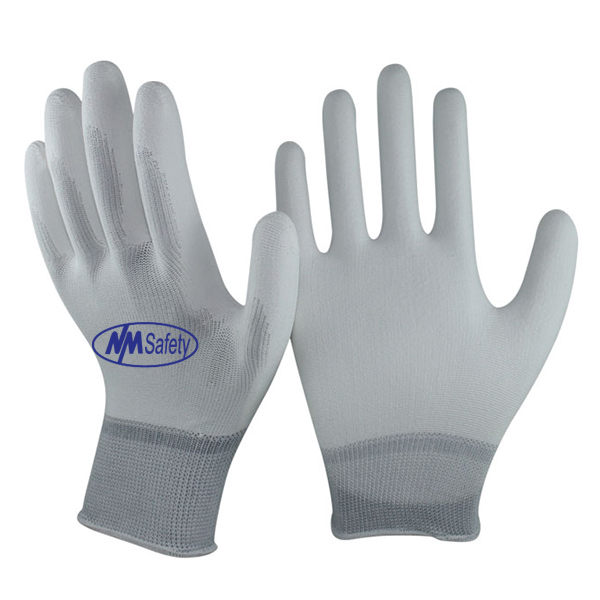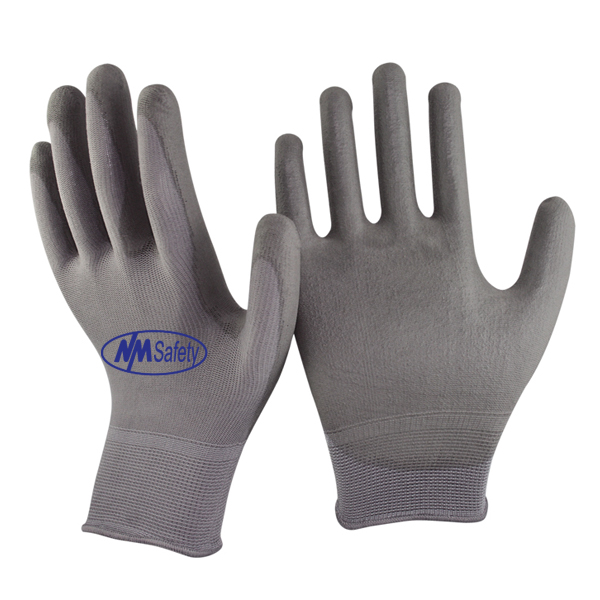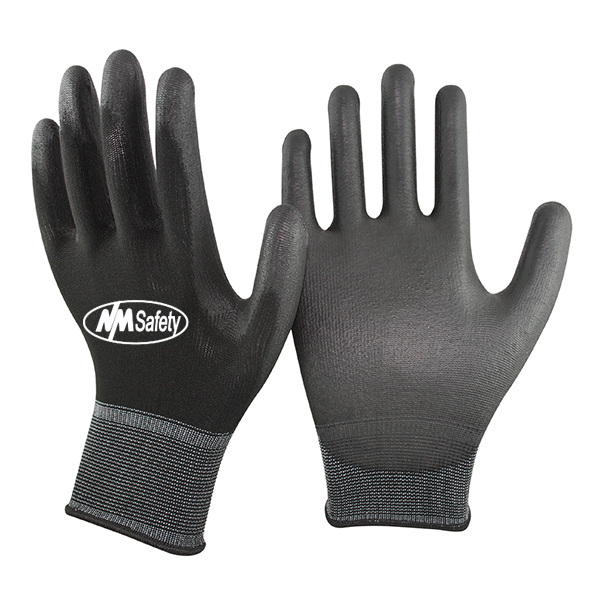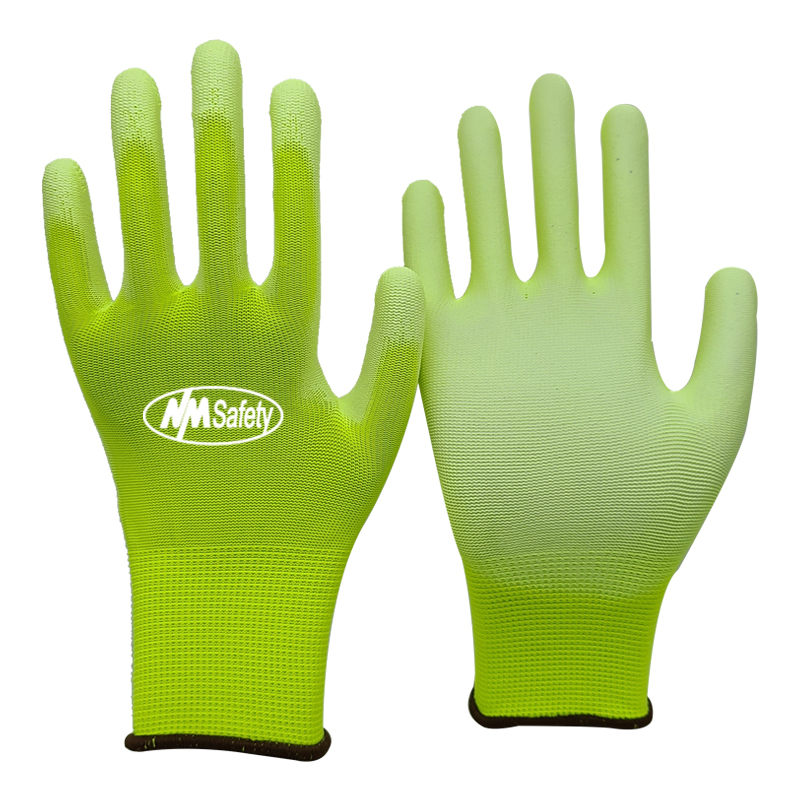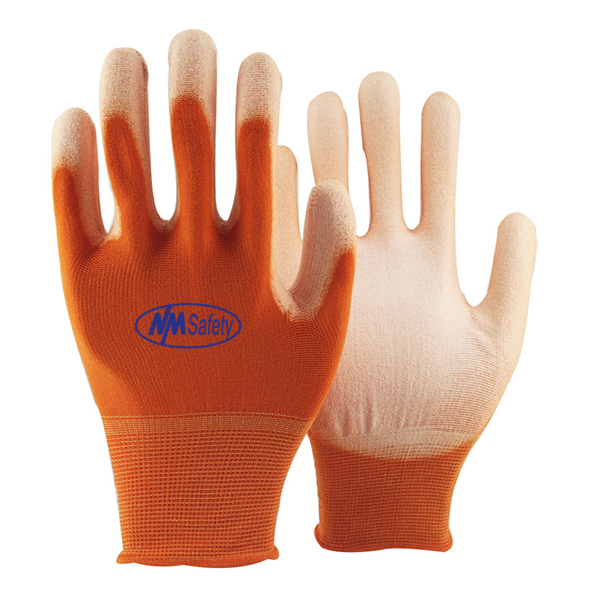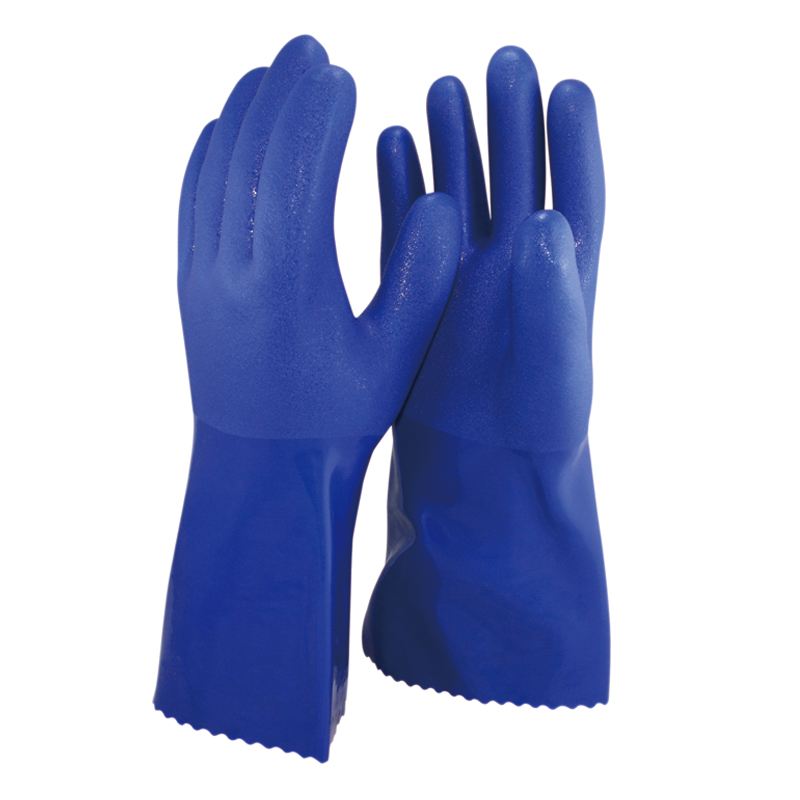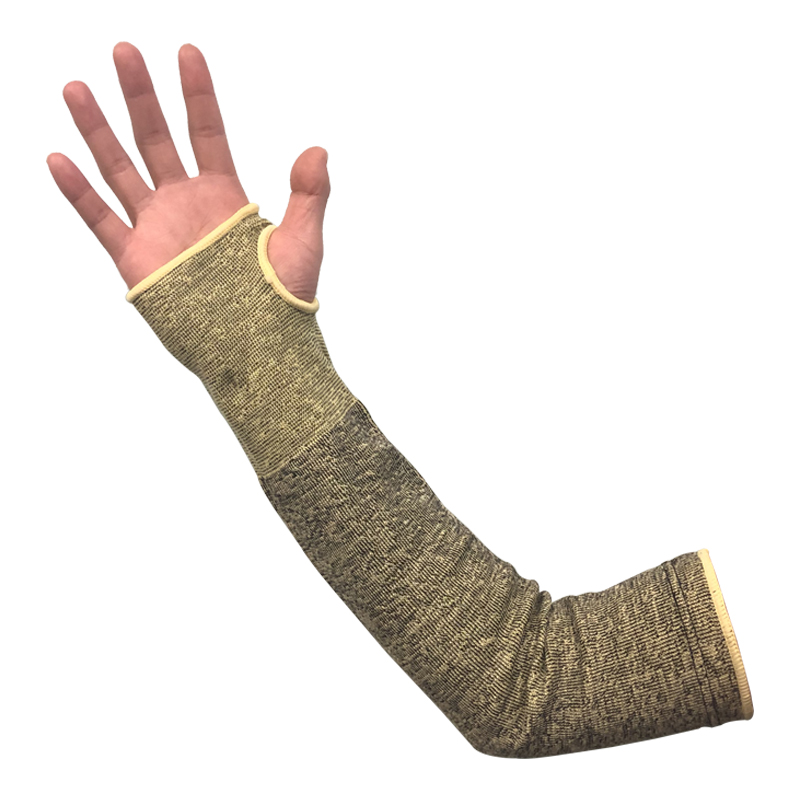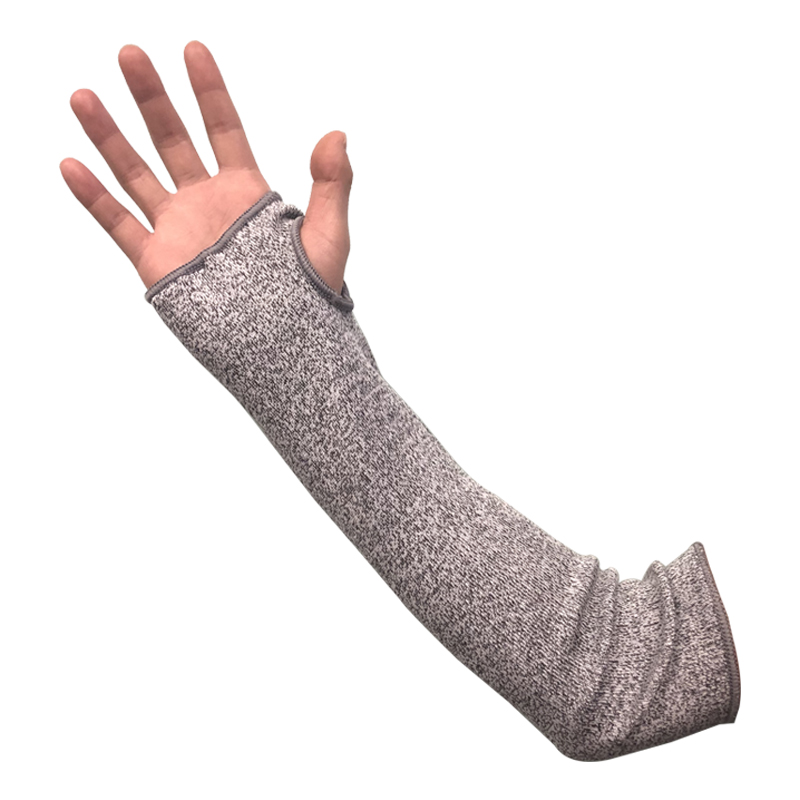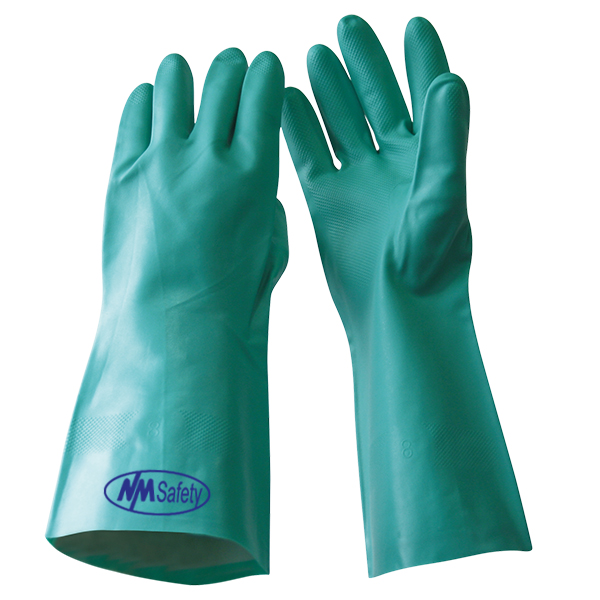What is polyester, exactly? Polyester is a synthetic material created to suit human needs that other materials are unable to fully meet. PET, or polyethylene terephthalate, is a form of plastic that differs from cotton and other synthetic materials in its characteristics.
Polyester, the sweetheart of the textile industry, is used to make a wide range of garments. From bedsheets to athletics, the material may be found in everything. Polyester gloves are just one example of how synthetic materials have influenced the fashion industry.
Is Polyester a Good Material for Gloves? Polyester gloves are just one example of how synthetic materials have influenced the fashion industry. Their popularity may be well known to you. Have you ever considered if polyester is suitable for work gloves because it is so close to the skin? Gloves made of polyester are a viable option. It's versatile, warms you up, and won't shrink. Because of the material's lack of breathability, pure polyester gloves might be uncomfortable. However, because of technological developments, it has been proven that blending other fibers with polyester decreases the effect.
What Does "Palm Coated Gloves" Really Mean? Palm-coated gloves are PU flex gloves with protective material coated on the palms. The type of material used determines the level of protection provided; for example, nitrile gloves offer more protection than PVC gloves.
What are PU-coated gloves?: PU-coated gloves, also known as polyurethane-coated gloves, are a form of personal protection equipment (PPE) glove developed for tasks requiring precision, dexterity, and sensitivity. They're made of polyurethane foam with a nylon liner, which provides a comfortable and lightweight barrier for your hands from abrasion and chemicals.
What exactly is polyurethane and how does it function? Polyurethane is a widespread form of polymeric polymer with several uses, such as an adhesive as a material for gloves and other clothes. Polyurethane can be made into a variety of shapes by adding catalysts, blowing agents, and flame retardants to the chemical makeup.
What are the advantages of wearing PU-coated gloves? PU-coated gloves provide a number of benefits that make them suitable for a wide range of industries and tasks. Here are a few examples:
Elastic: PU flex Gloves are perfect for vocations that require sensitivity and dexterity since polyurethane is so elastic. The material continues to protect the person even when stretched, something that most other flexible materials are unable to do effectively.
Grip: The enhanced grip of PU-coated gloves is another key benefit. Because of the material's properties, wearers receive additional grip while keeping protection and flexibility.
Purchase cost: Finally, the manufacturing and purchase costs of these gloves are minimal. This is a great benefit for both businesses and workers, as PU gloves must be replaced regularly, but this isn't a big concern because of their low cost.
Why Should You Get Coated Gloves?: Coated gloves include a protective coating that covers your complete arm, including your five fingers. Cut, abrasion, and snag resistance are improved with this additional layer of protection. Chemicals, oils, and other impurities that could block your operations or cause skin injury are also protected. When you wear coated gloves, your dexterity improves as well. You'll have a more secure grip, and the gloves will last somewhat longer than standard latex gloves. This also ensures that your top arm is able to breathe and remain comfortable while completing all of the chores you've been given.
PU-coated gloves are preferred by most employees and companies for reasons other than the level of protection they provide.
Density and Safety: The level of protection provided by your gloves is directly proportional to their thickness. As a result, it's one of the things to think about while buying gloves. The likelihood of chemicals leaking through or a sharp object reaching your hand is determined by the glove thickness. By dipping nitrile gloves multiple times in the coating solution, the gloves are improved. This ensures that the thickness is appropriate and comfy for you to do your tasks. This permits them to keep their tiny figure without putting you in danger. Whether or not you stay safe at work depends on how you handle gloves and whether or not you follow the safety requirements set forth by your industry.
Methodologies of Production: Dipped gloves are created in a different way than leather gloves. It also varies based on the type of glove coating. In each of the three main coating types, the liner is the first stage. It's at this point that things start to get interesting.
Polyurethane gloves are dipped in the coating only once, allowing the coating to penetrate the whole glove (making it a bit thinner than other types).
Before being dipped in latex, latex gloves are coated with an anti-penetration agent. The final step is to dip them in coagulate if they have a wrinkled palm. Nitrile micro-foam gloves are dipped in nitrile and then sprayed with a shower to give them a foam look.
Sand is soaked in nitrile gloves, followed by micro-foam nitrile, and finally salt. They're then washed to get rid of the salt, which reacts with the foam to give them a sand-like appearance.
When purchasing Fingertips Coated Gloves, keep the following in mind: Keep the following five things in mind when selecting a Fingertips coated Gloves solution for your company:
- Employee safety concerns, particularly if they are allergic to latex.
- Commonly detected chemicals in the workplace and how they may influence glove use
- The overall goal of the glove (assembly versus handling)
- A glove's maximum electrical resistance
- The cost of new gloves will rise over time.
Conclusion: Since the turn of the century, work gloves have gone a long way. As a result of new technologies, the way we safeguard our hands has changed considerably, and the materials we employ to do so have changed dramatically as well. Moisture, oil, abrasion, cuts, and heat are all protected by a flexible liner with a palm, 3/4, or full glove coating. Only the glove covering is mentioned in this article. There are many different glove coatings to choose from, but latex, nitrile, and polyurethane are the most prevalent. Each coat has its own set of advantages.







